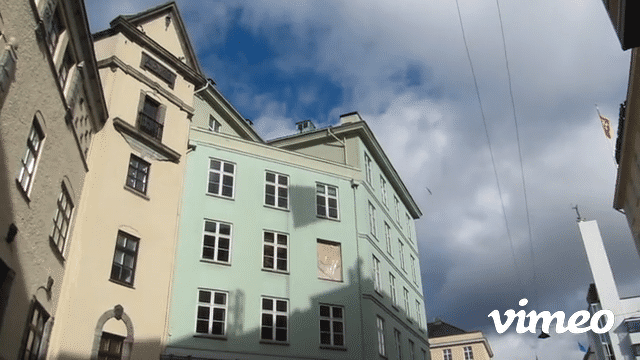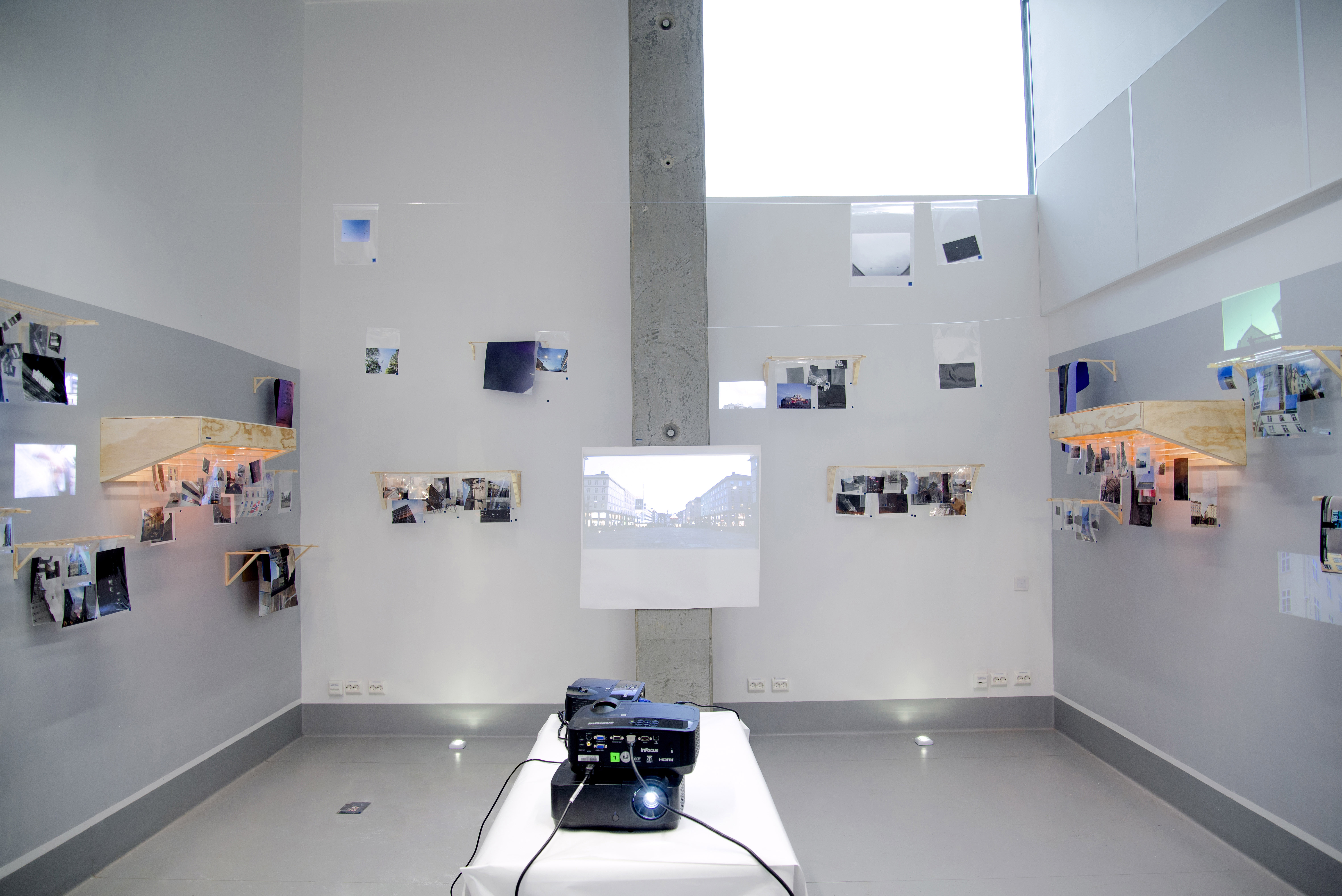

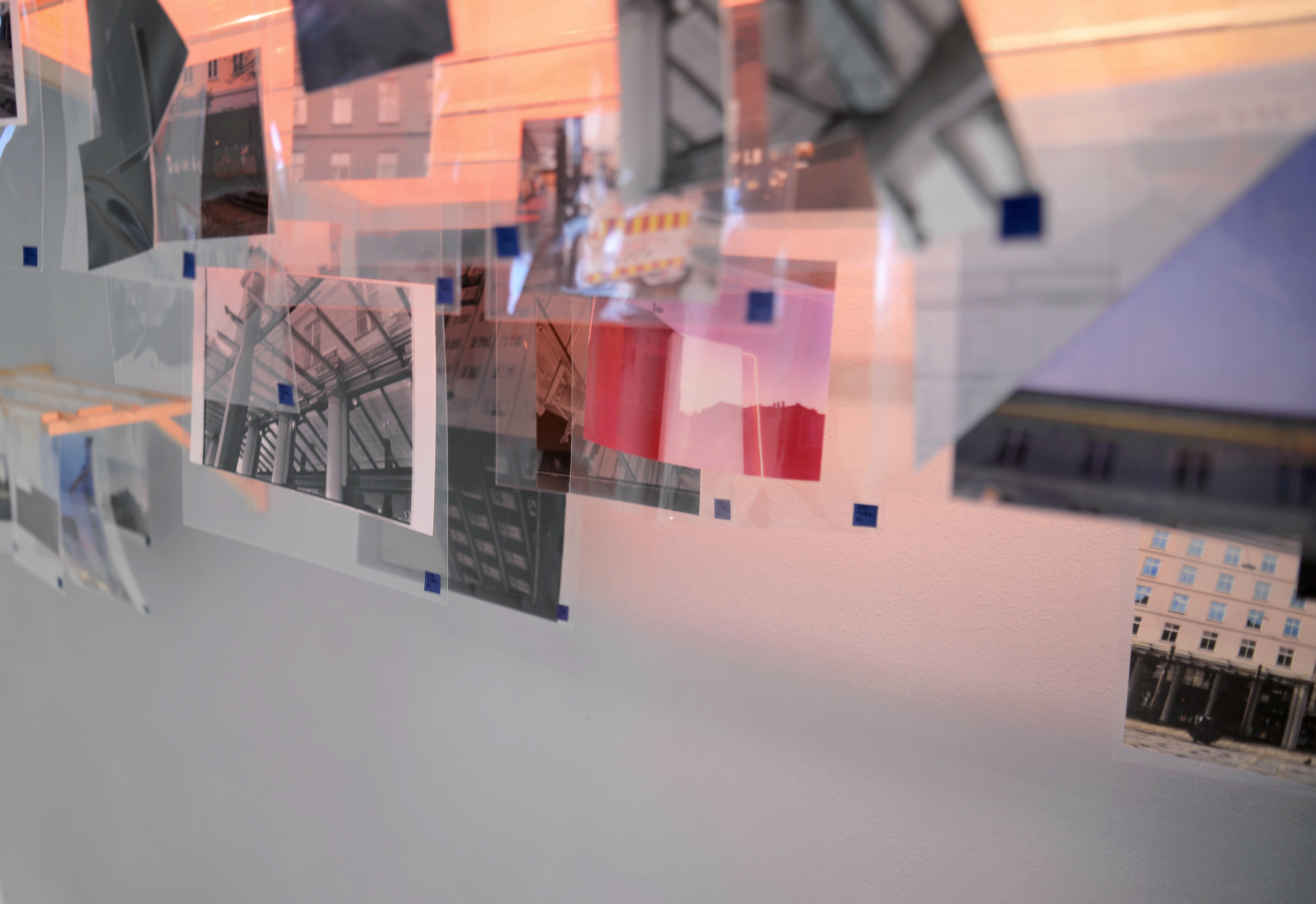
Restaging the Scene of the Commons is a scenographic archive of Torgallmenningen — the central commmons of Bergen, Norway. It uses photographs of the space as material specimens and organizes them based on spatial coordinates. It is the culmination of spatial research on the city-center as both physical and conceptual “commons” while also using reflexive practices to maintain an ethical dimension in the research by examining the subjectivity of the researcher, the treachery of the image, and the performativity of the research process.
The work aimed to passively reveal power dynamics between architecture and pedestrian through artistic research informed by engagement with three archives: The University of Bergen Picture Collections, The UiB Humanities Archives, and the Bergen City Archives. In the field work, original film and digital photographs, video footage and sound recordings were collected as data.
Through this synthesis of theory, artistic practice, research and reflexive practices, multiple themes emerged: the local forms of commoning leading to an interest in the capitalistic usurpation of the commons, the dominant representation of space in collective memory and how these images were constructed based on technology, ideology, disciplinary formalism, and previous artistic works, critically examining the process of photography, paying attention to viewing devices as well as the photo-capturing apparatuses in relation to the conditioning of perception, the selection of alternative values to reconfigure understandings of space and contest dominant representations, and the use of scenography to reconstruct environments using images that sample spatial perceptions.
Through this synthesis of theory, artistic practice, research and reflexive practices, multiple themes emerged: the local forms of commoning leading to an interest in the capitalistic usurpation of the commons, the dominant representation of space in collective memory and how these images were constructed based on technology, ideology, disciplinary formalism, and previous artistic works, critically examining the process of photography, paying attention to viewing devices as well as the photo-capturing apparatuses in relation to the conditioning of perception, the selection of alternative values to reconfigure understandings of space and contest dominant representations, and the use of scenography to reconstruct environments using images that sample spatial perceptions.
When conceptualized as a stage for the practices of everyday life, the process of researching in the space becomes one of the performances on the stage, so this process was conceptualized as performance art and provided a framework within which to examine the subjectivity of the researcher and consequently, the research data collected.
The spatial-scenographic archive treats various types of images from the research as material specimens, highlighting the edges of the paper and process by including test strips and solarized prints in the collection. These specimens give away the photographic process and expose the images as objects. It organizes them based on related spatial coordinates to avoid traditional forms of categorization. Scenographic archival fixtures were designed as viewing devices for the specimens, displaying the images in open structures to create an alternative scenographic representation of Torgallmenningen for the viewer.
The spatial-scenographic archive treats various types of images from the research as material specimens, highlighting the edges of the paper and process by including test strips and solarized prints in the collection. These specimens give away the photographic process and expose the images as objects. It organizes them based on related spatial coordinates to avoid traditional forms of categorization. Scenographic archival fixtures were designed as viewing devices for the specimens, displaying the images in open structures to create an alternative scenographic representation of Torgallmenningen for the viewer.
The work uses scenography as a way of reconfiguring superficial spatial attributes based on alternative values, bringing out frequencies that generally fall under the radar of the things that we are conditioned to pay attention to. It takes these alternative values (i.e. wall paint, lighting effects, reflections, quotidian choreographies, window configurations) seriously while making spectacle of the rational (formal and quanitiative aspects usually isolated as variables in credible research processes validated by the hegemonic order, which they in turn reinforce) by reconceptualizing the space itself as a theater while bringing the decorative to the forefront through material representation within an archive in another location. Through the manipulation of the boundaries dividing multiple disciplinary spheres, the research process worked to unravel hegemonic norms and begin a virtuality towards the construction of alternative modes of perception.

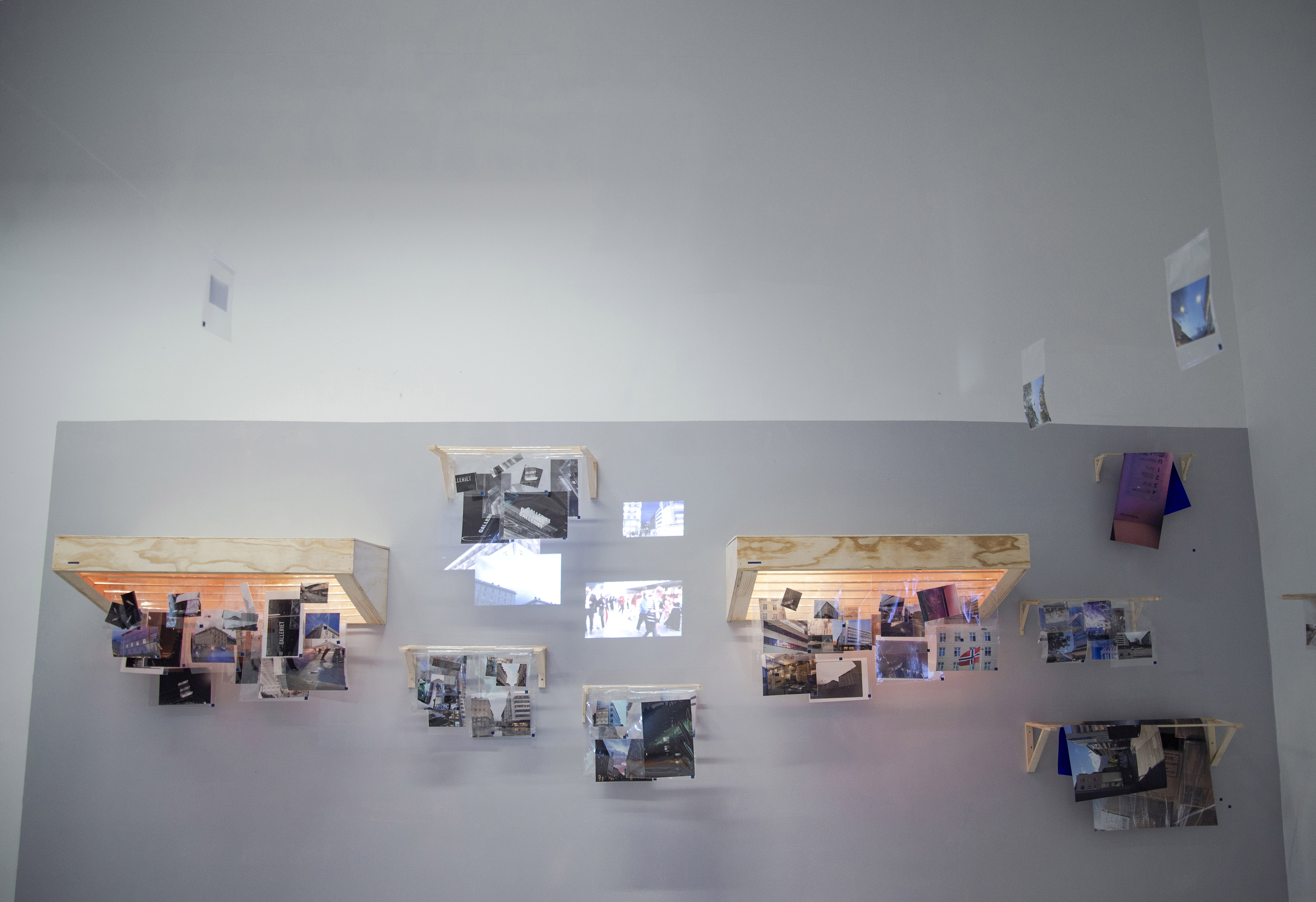


Specimens from Archive:
solarized print
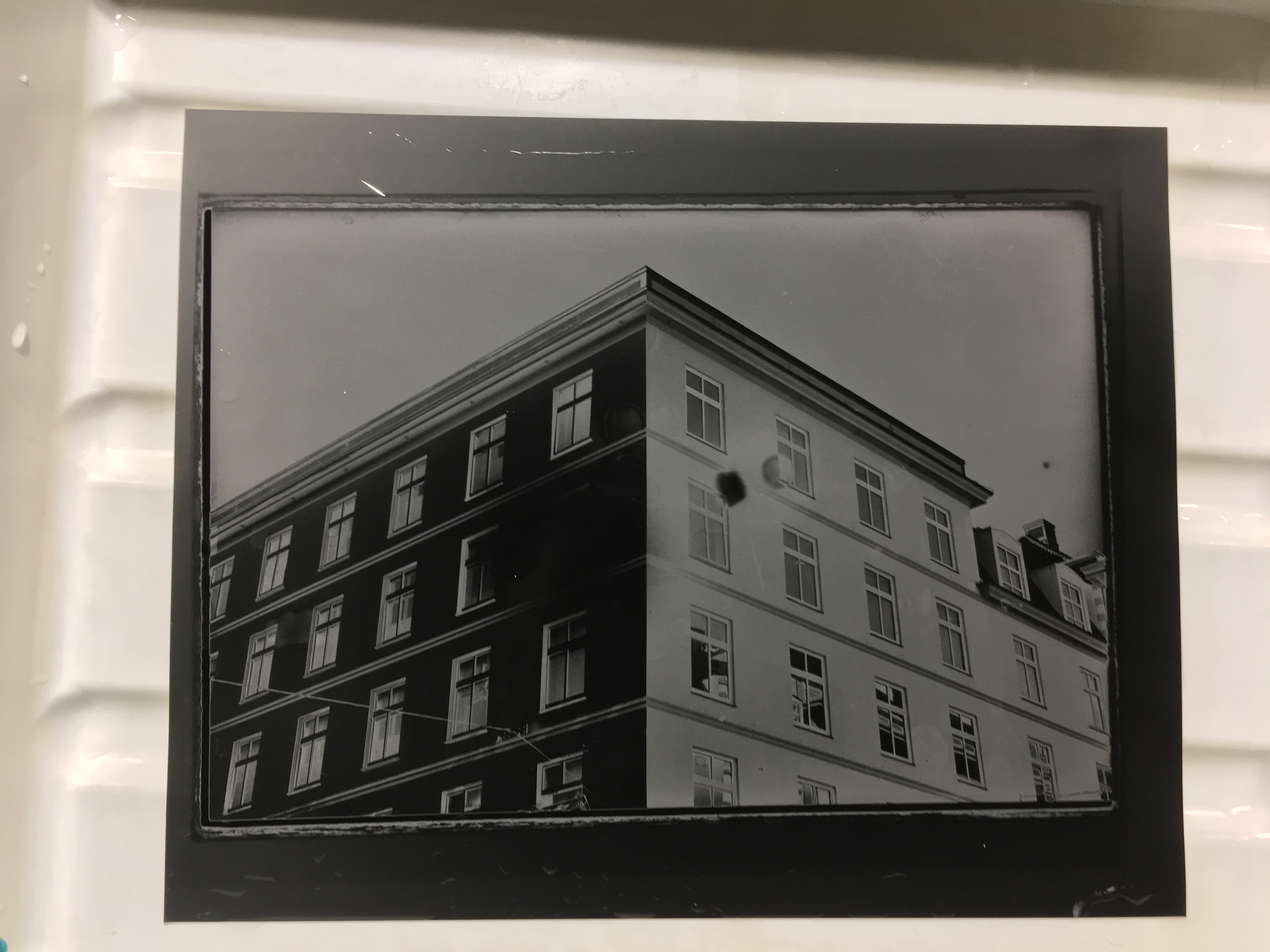
digital print

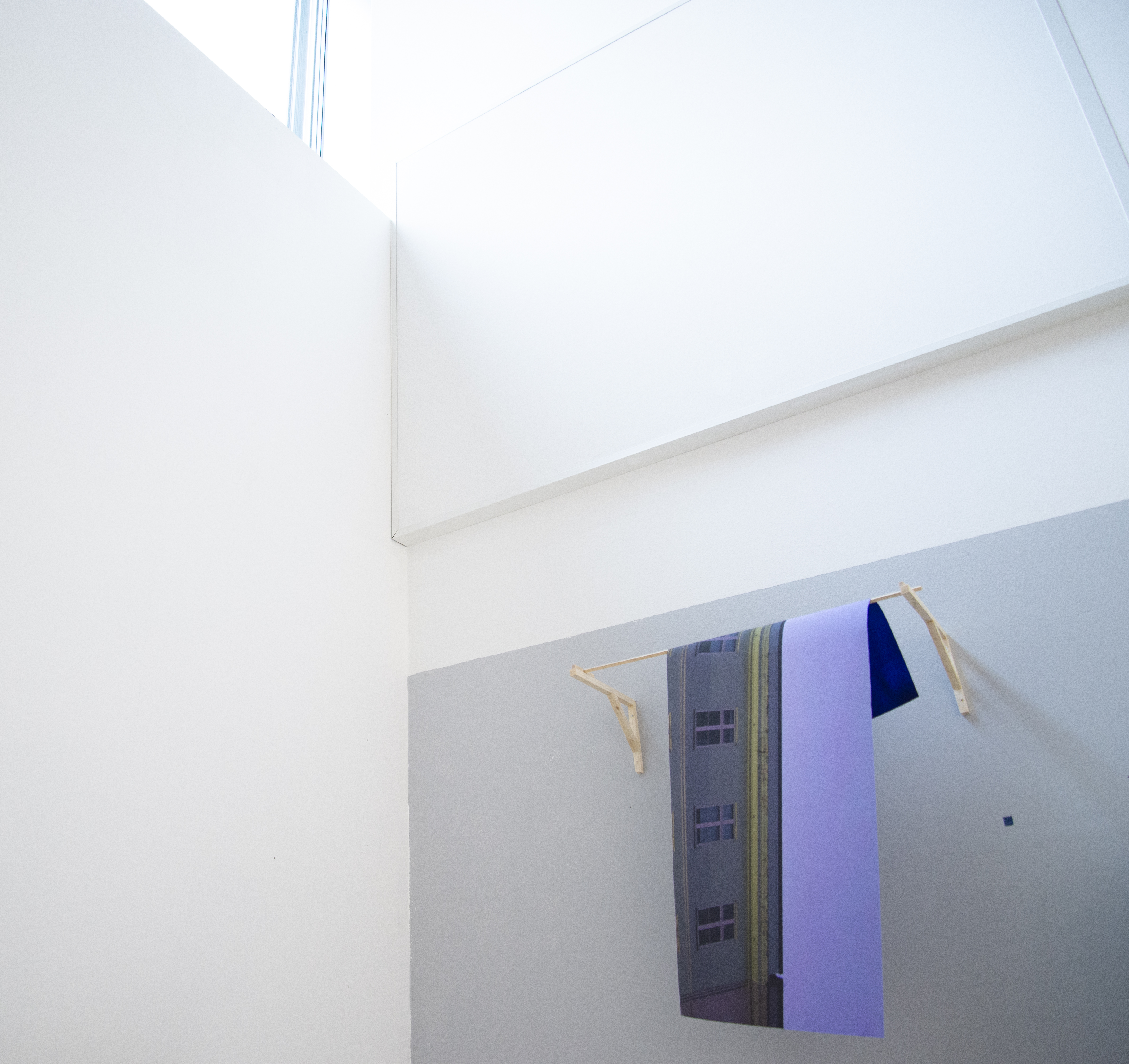
Excerpts from thesis text:
(pages 41-50)
![]()
_____________________________________________________________________________________________________________
![]()
_____________________________________________________________________________________________________________
![]()
_____________________________________________________________________________________________________________
![]()
_____________________________________________________________________________________________________________
![]()
_____________________________________________________________________________________________________________
![]()
_____________________________________________________________________________________________________________
![]()
_____________________________________________________________________________________________________________
![]()
_____________________________________________________________________________________________________________
![]()
_____________________________________________________________________________________________________________
![]()
_____________________________________________________________________________________________________________
Historical Bibliography:
(page 105)
![]()
(pages 41-50)

_____________________________________________________________________________________________________________

_____________________________________________________________________________________________________________

_____________________________________________________________________________________________________________

_____________________________________________________________________________________________________________

_____________________________________________________________________________________________________________

_____________________________________________________________________________________________________________
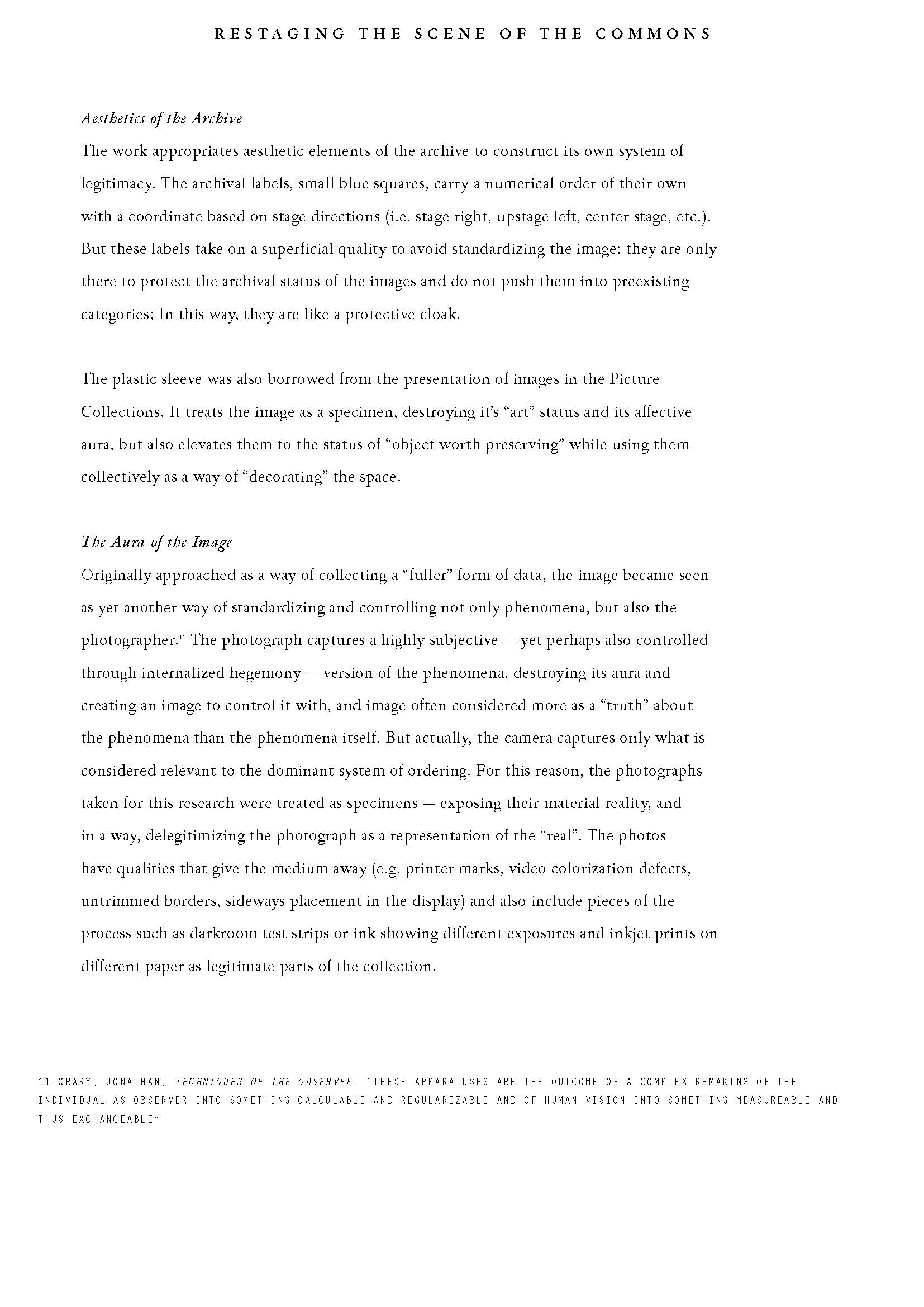
_____________________________________________________________________________________________________________
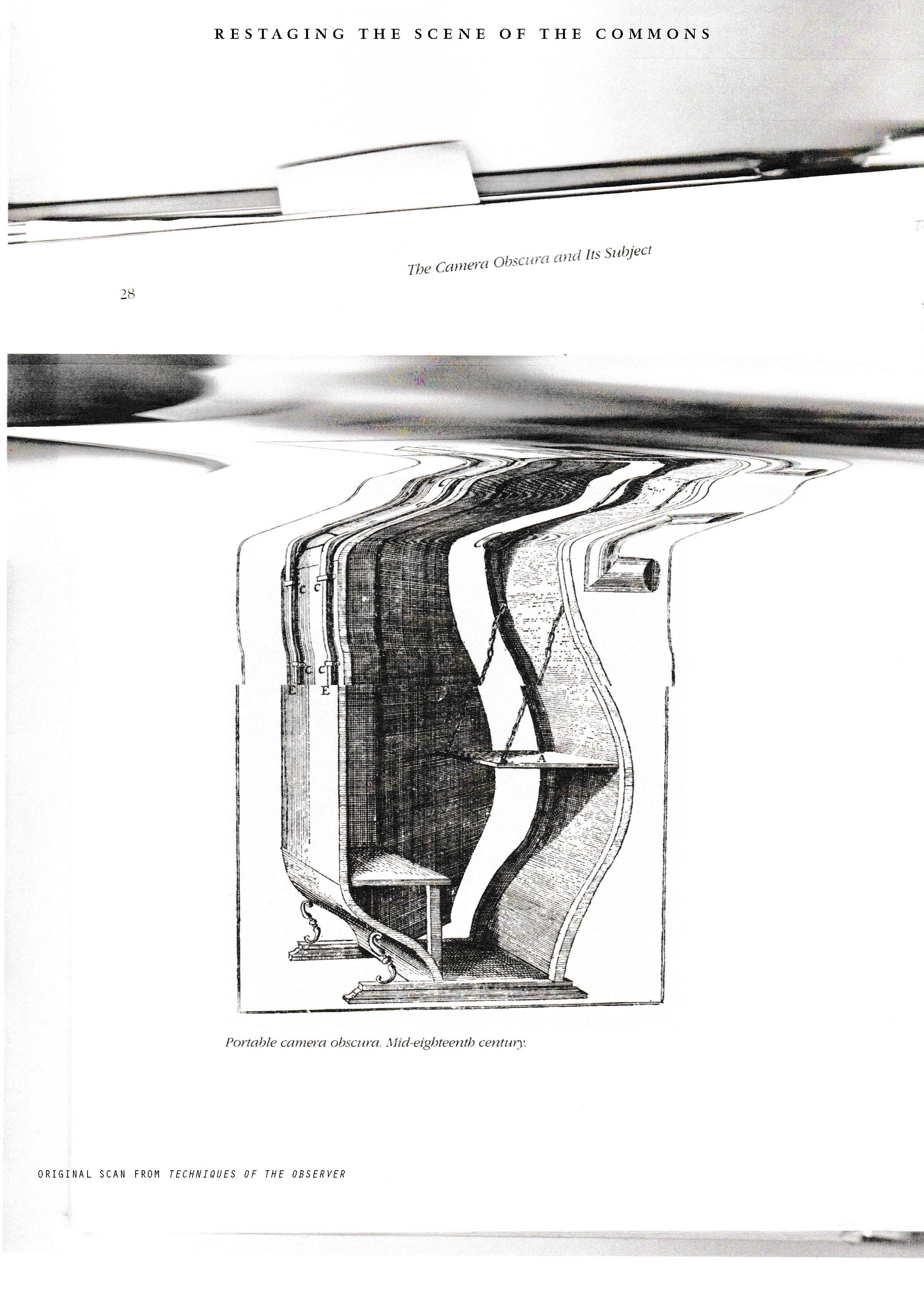
_____________________________________________________________________________________________________________

_____________________________________________________________________________________________________________

_____________________________________________________________________________________________________________
Historical Bibliography:
(page 105)
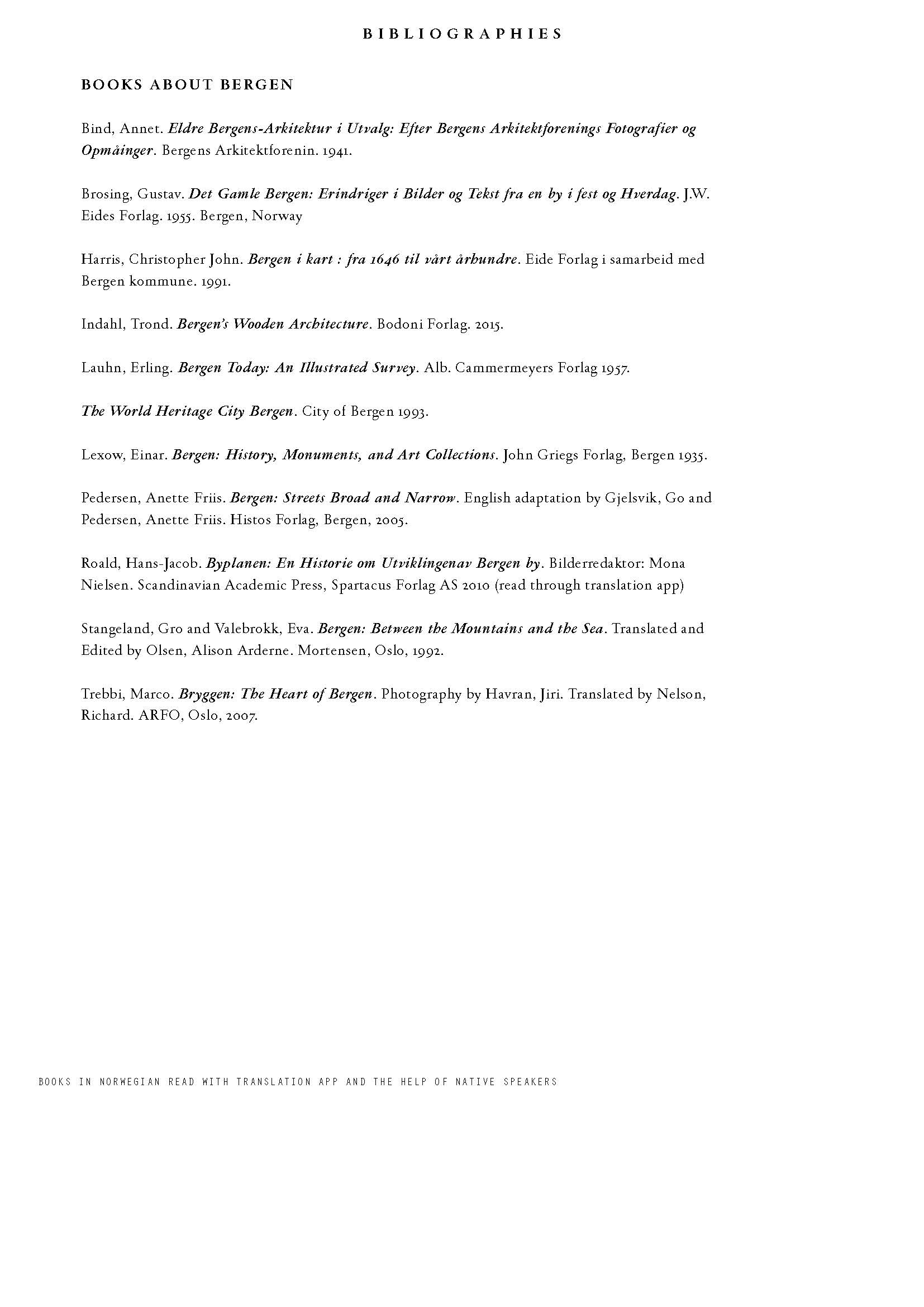
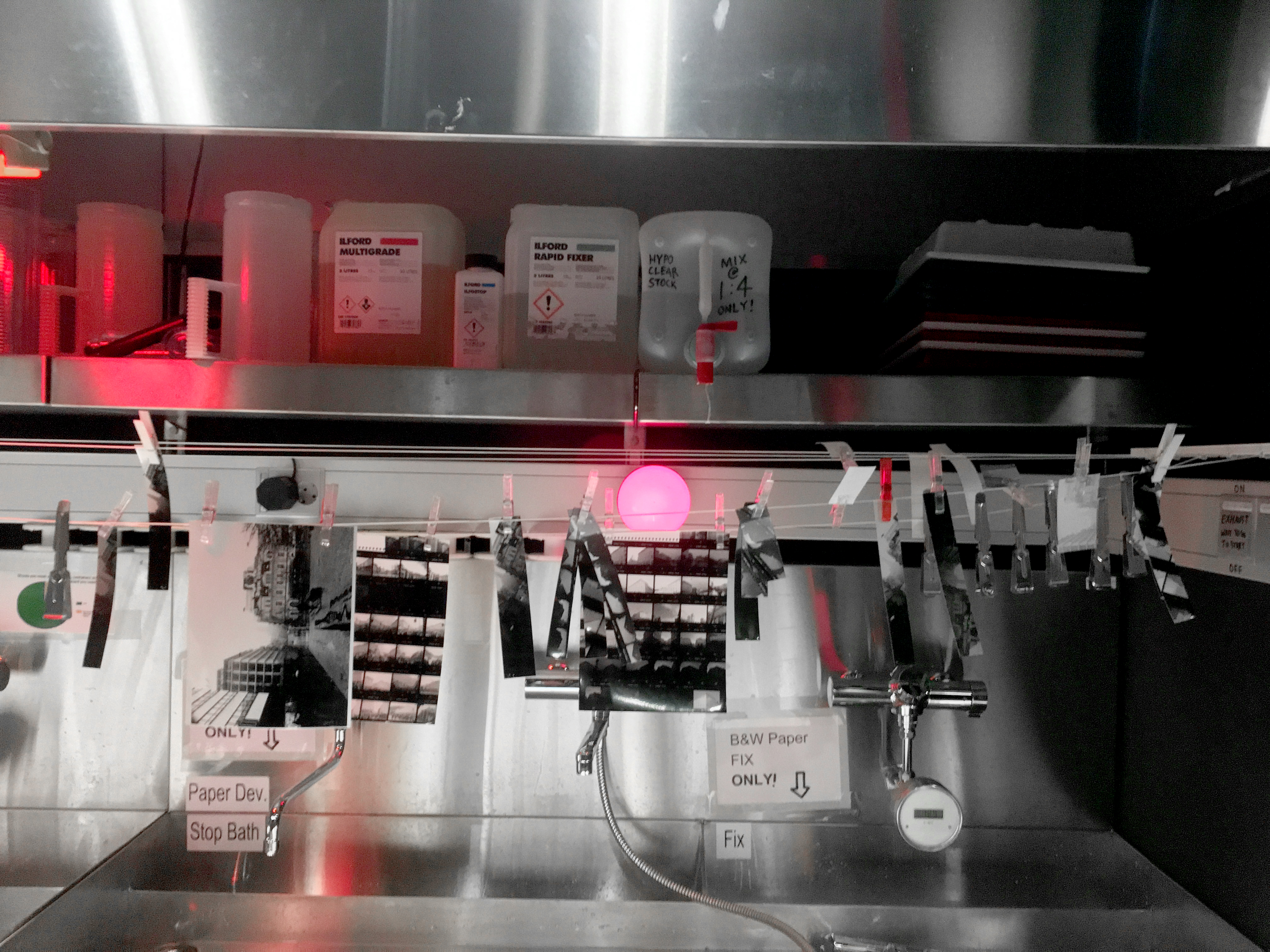
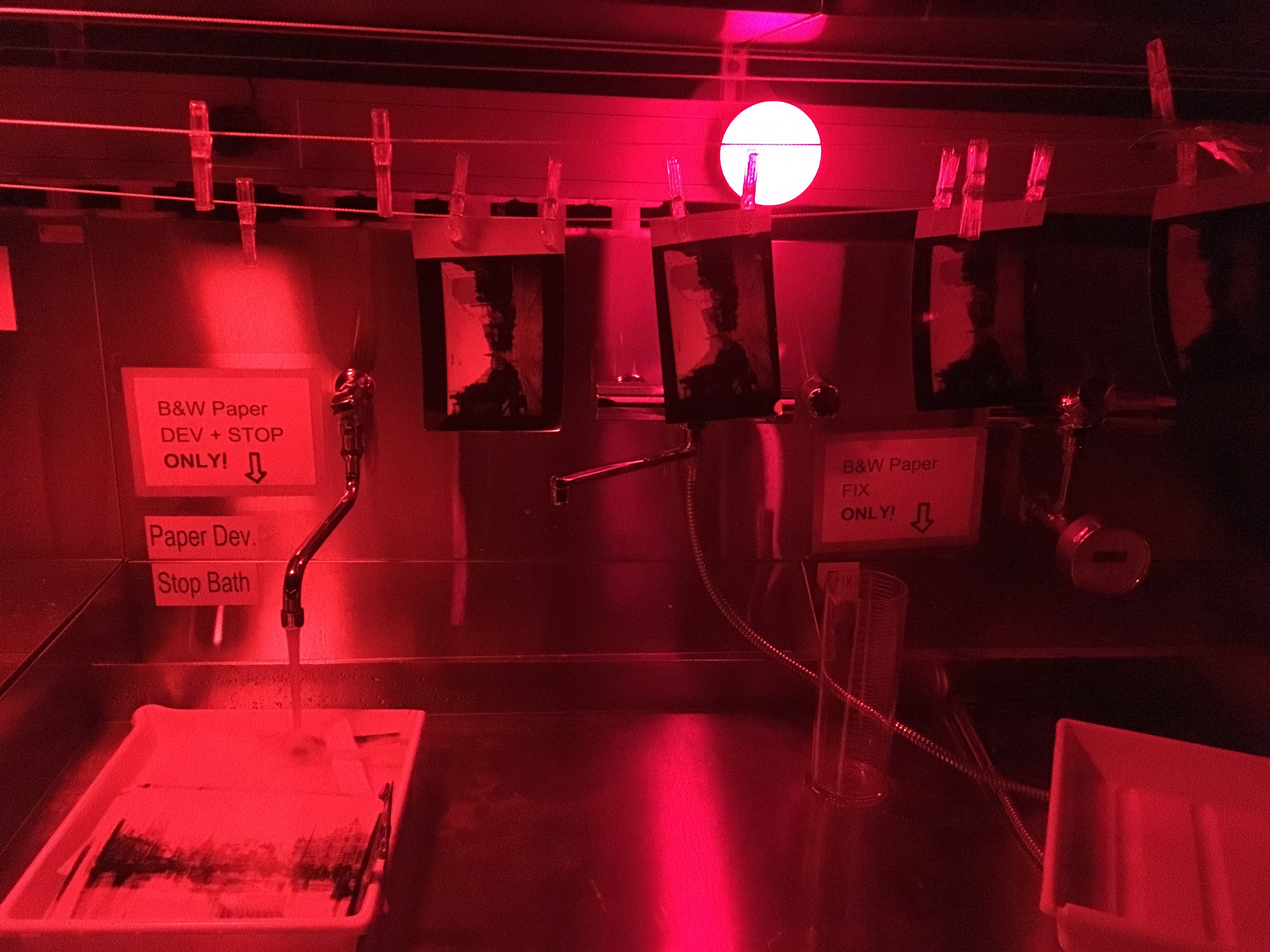
The Construction of Identity of Bergen:
research data from the archives:
(UiB Picture Collections):


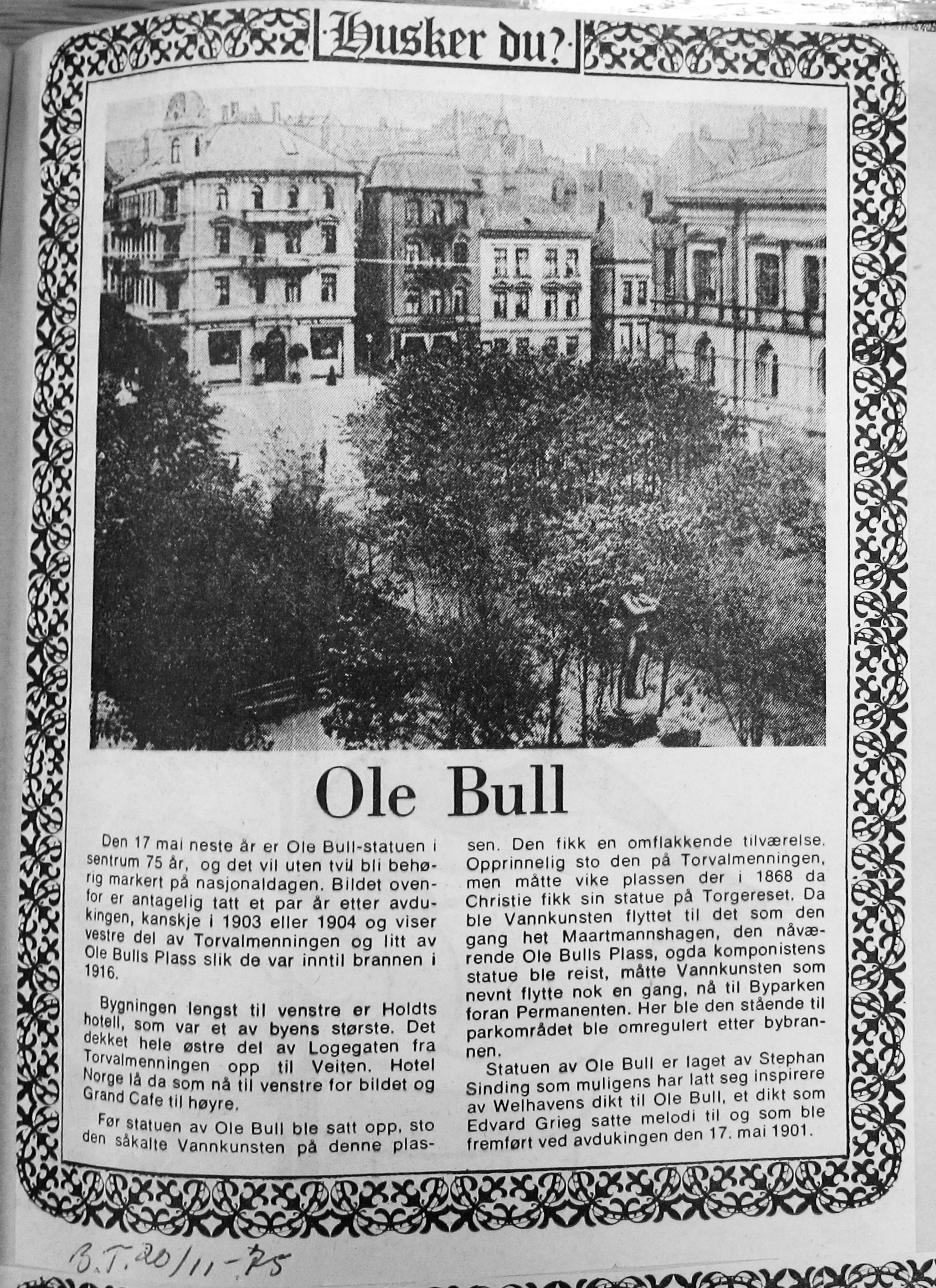
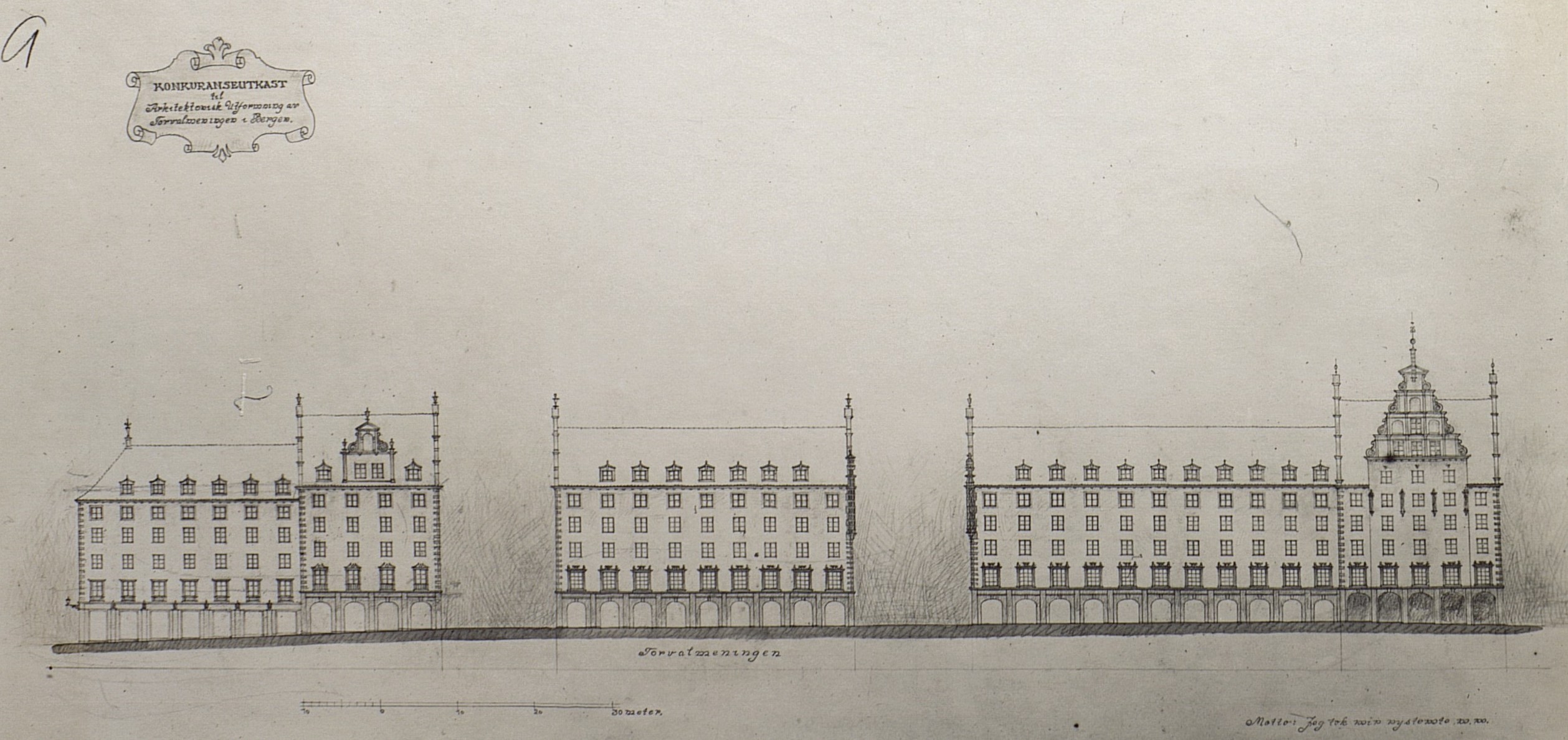
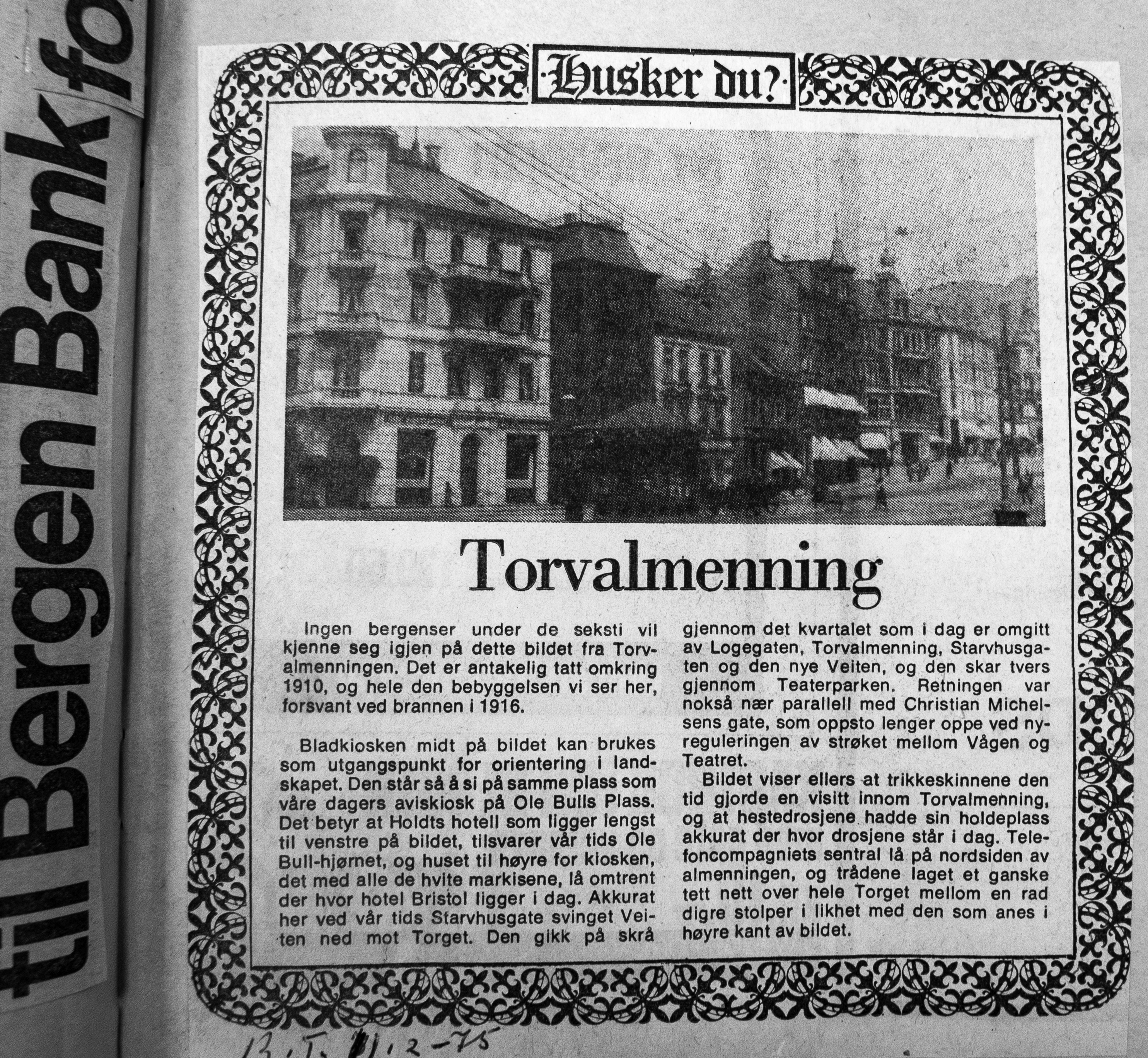


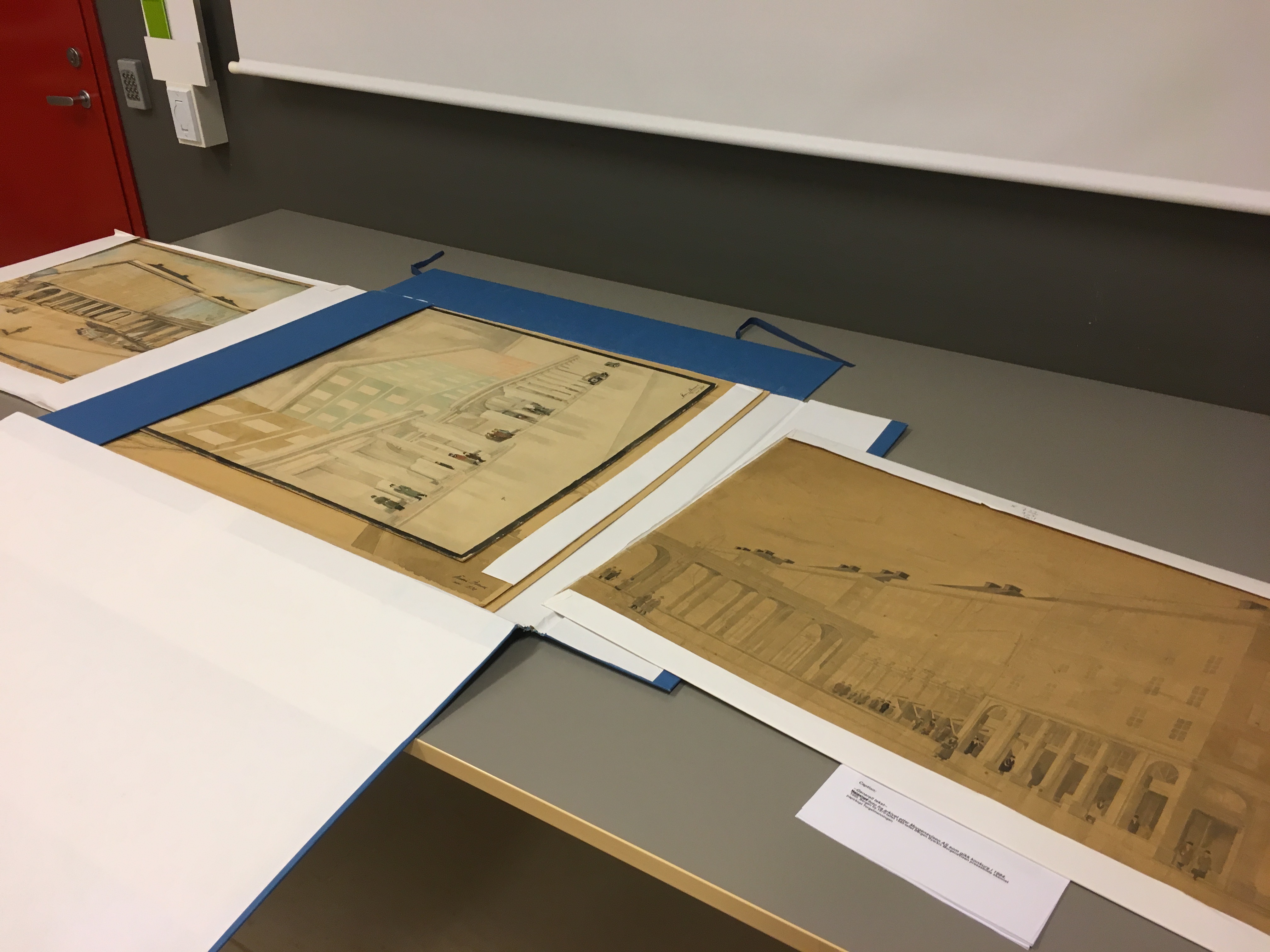
inspiration for fixtures: (UiB Picture Collections Viewing Room, Book fixture in Bergen Staatsarkive, Photographic devices at Preus Museum in Oslo)
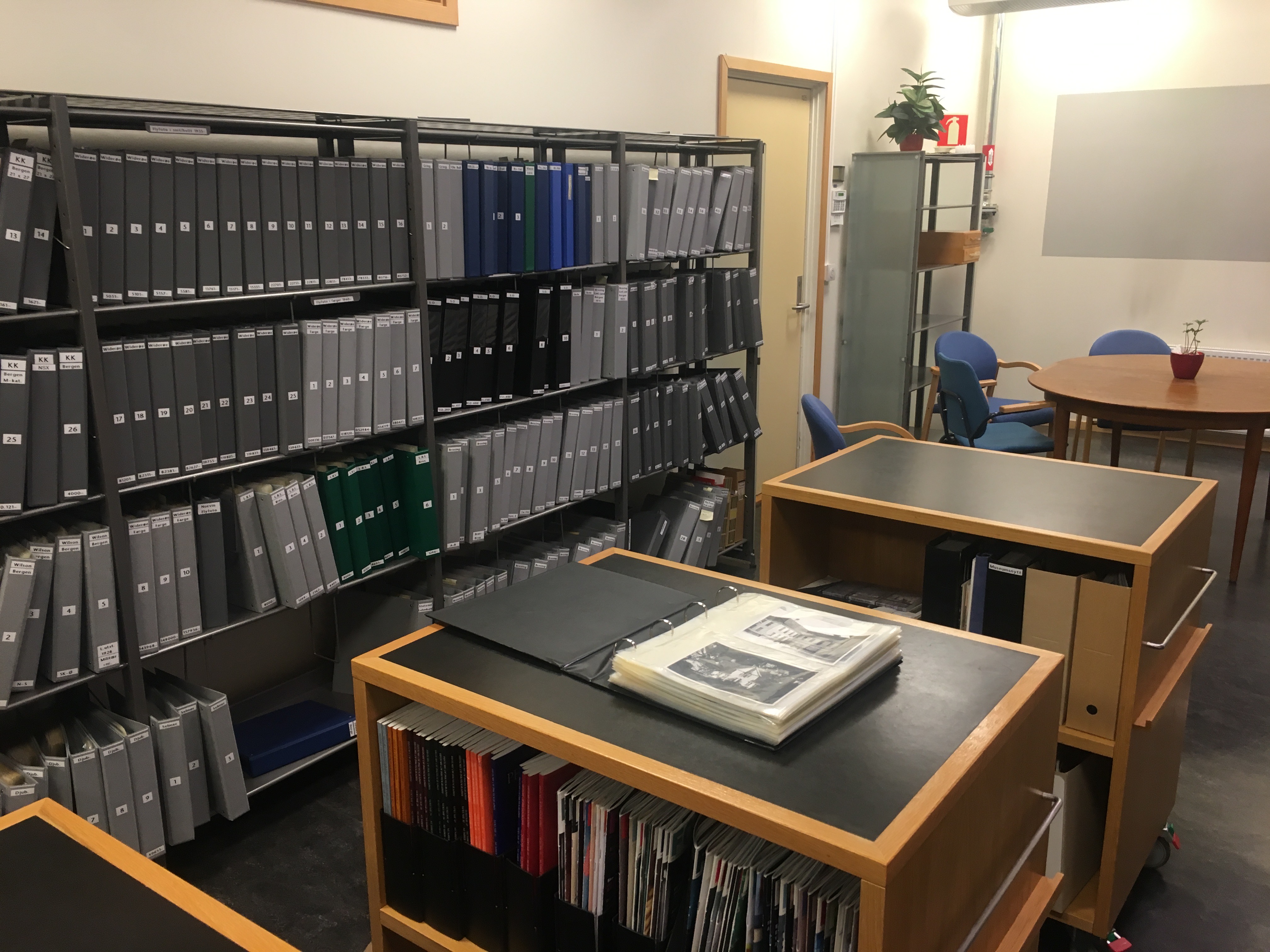


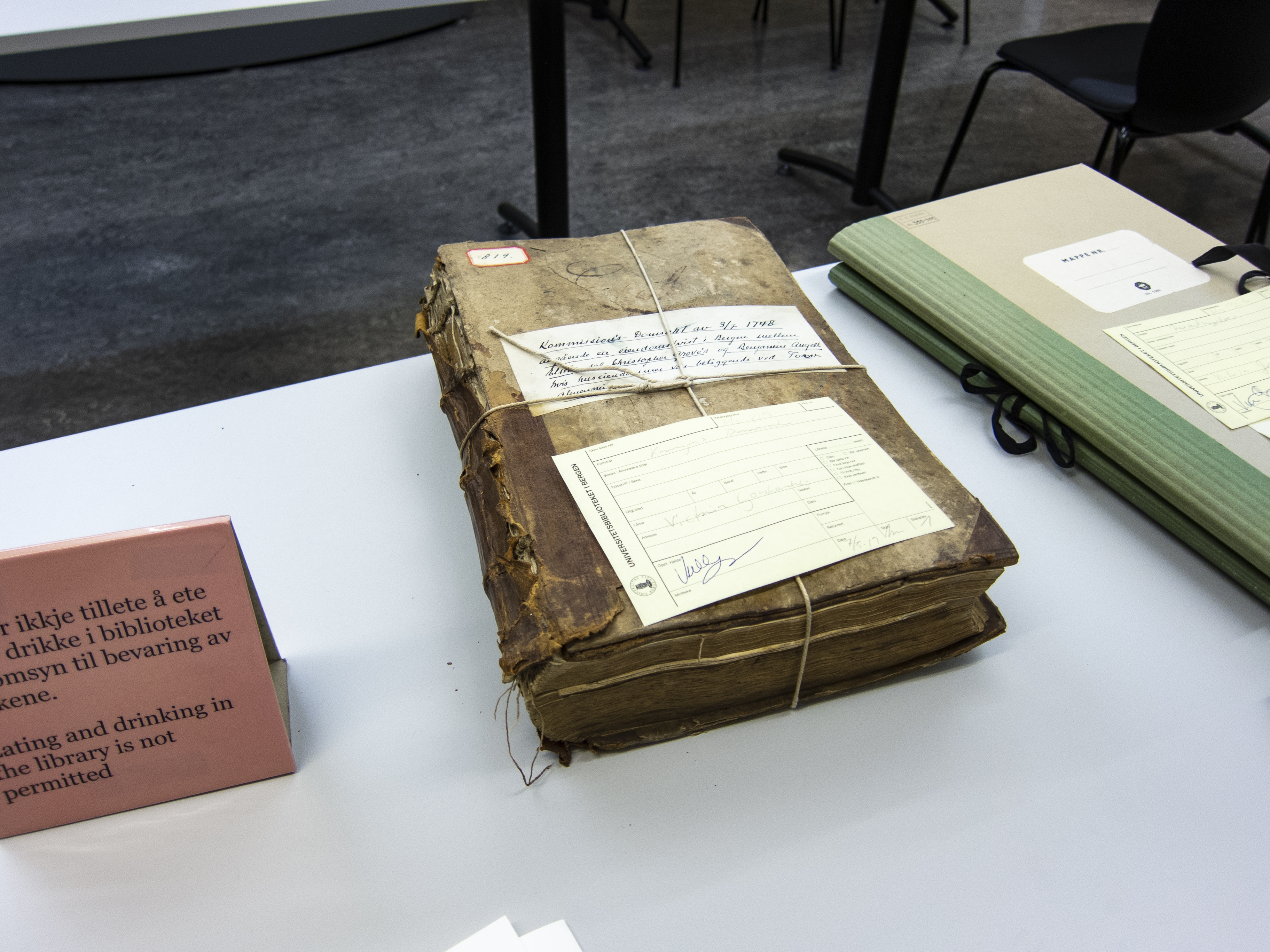


(3 images above: UiB Humanities Manuscripts collections artifact, UiB Manuscripts office, UiB Picture Collections material)


video documentation

